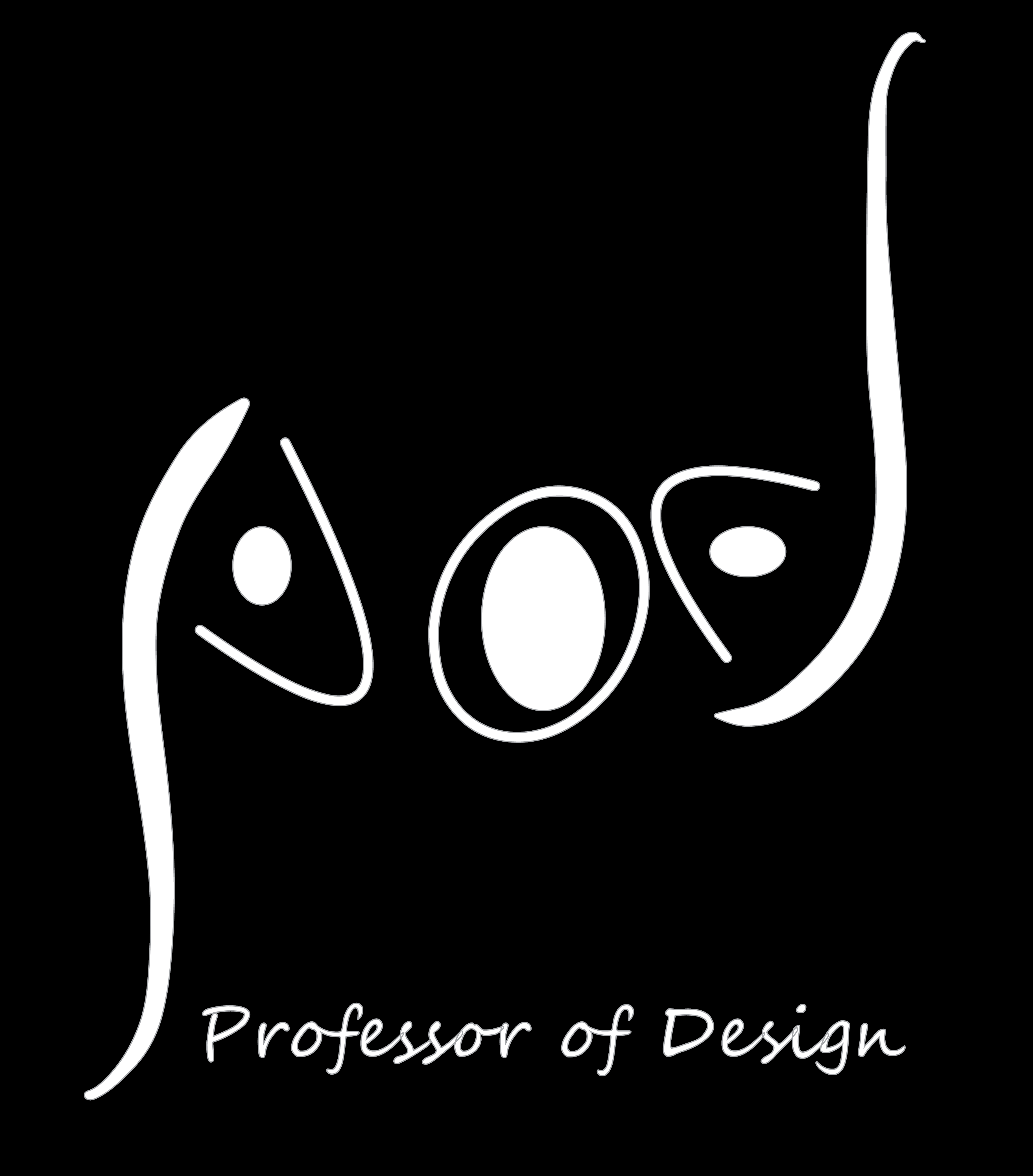The design thinking – part 1

Design thinking, a problem-solving methodology championed for its user empathy, iterative prototyping, and holistic solutions, often gets portrayed as a linear process. However, this approach can sometimes overlook crucial aspects that influence a design’s ultimate success.
This blog post delves into two distinct approaches to design thinking:
1. Western Ideology: Fundamentals at the Forefront
This approach prioritizes established design principles like balance, proportion, and hierarchy. While undeniably important, overreliance on them can lead to designs that exist in a vacuum, failing to account for real-world complexities.
2. Integrated Thinking: Embracing a Holistic Viewpoint
This approach transcends the purely aesthetic, encompassing the user, the environment, and the context in which the design will be used. This broader perspective fosters the creation of more innovative and impactful solutions.
Why Integrated Thinking Matters
Integrated thinking is paramount for crafting truly user-centric designs. By acknowledging all the facets that can influence a design, we can generate solutions with a higher likelihood of success.
Imagine designing a phone cover. The Western ideology approach might focus solely on aesthetics, ensuring a visually balanced and well-proportioned design. However, integrated thinking would delve deeper, considering the user’s experience. The cover might require enhanced grip to prevent accidental drops, or weatherproofing for outdoor use.
Real-World Examples of Integrated Thinking in Action
The impact of integrated thinking can be observed in numerous successful designs. The Dyson Airblade hand dryer, for instance, emerged from the observation that people often shake their hands after washing them, potentially spreading bacteria. The Airblade addresses this concern by employing a high-speed jet of air for rapid and hygienic hand drying (Source: Dyson).
Another prime example is the Nike Flyknit shoe. The Flyknit upper, meticulously woven from a single yarn piece, conforms to the wearer’s foot, eliminating seams that can cause discomfort (Source: Nike).
The Power of References: Building Upon the Work of Others
Incorporating references within your blog serves several valuable purposes:
* Credibility and Trust: By citing credible sources, you demonstrate the depth of your research and establish your expertise on the subject, fostering trust with your readers.
* Context and Background: References provide context and background information, enriching your readers’ understanding of the concepts you present.
* Further Exploration: They offer interested readers a springboard for further exploration, potentially leading them to valuable insights and perspectives.
By embracing integrated thinking and effectively leveraging references, you can craft blog posts that are not only informative but also persuasive, inspiring your readers to adopt this powerful approach to design.
Remember, the key to impactful design thinking lies in understanding the user, the environment, and the context. By embracing this holistic perspective, you can create solutions that are not only aesthetically pleasing but also truly meaningful.
#designthinking #integratedthinking #userexperience #design #innovation #creativity #holisticdesign #usercentereddesign #designresearch #realworlddesign #successfuldesign #credibledesign #informativedesign #persuasivedesign
See you in the next blog

